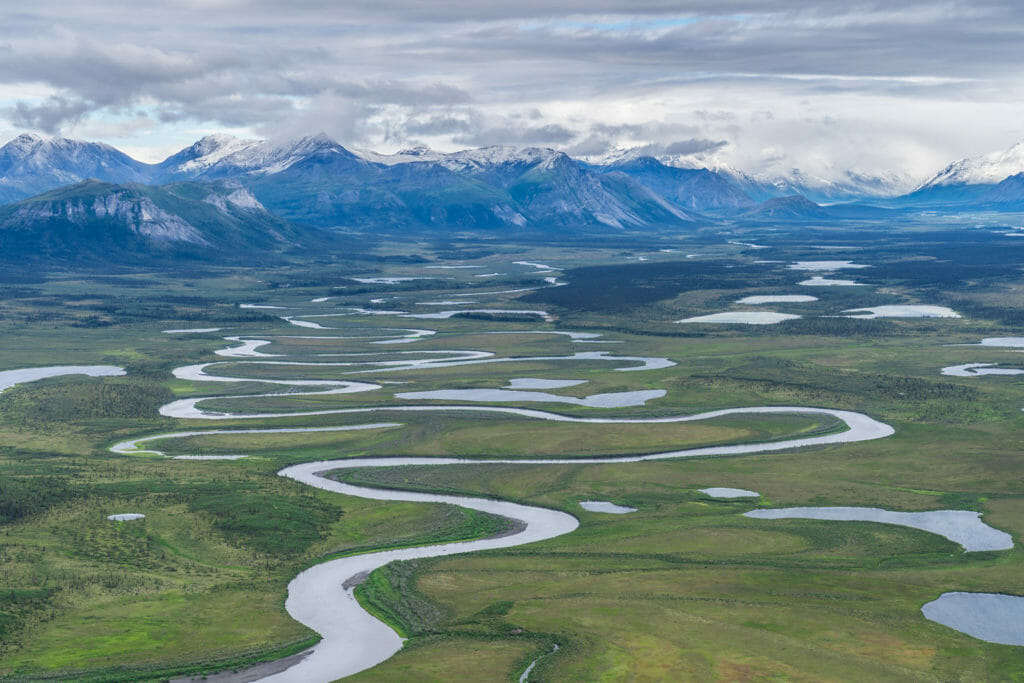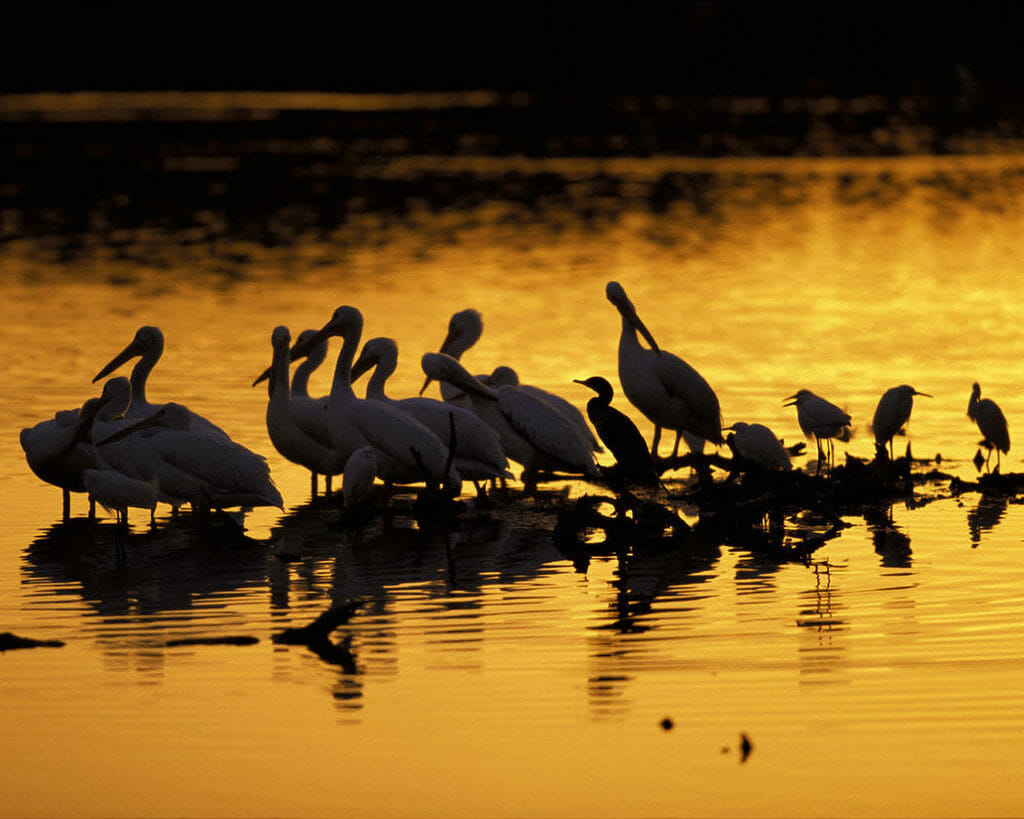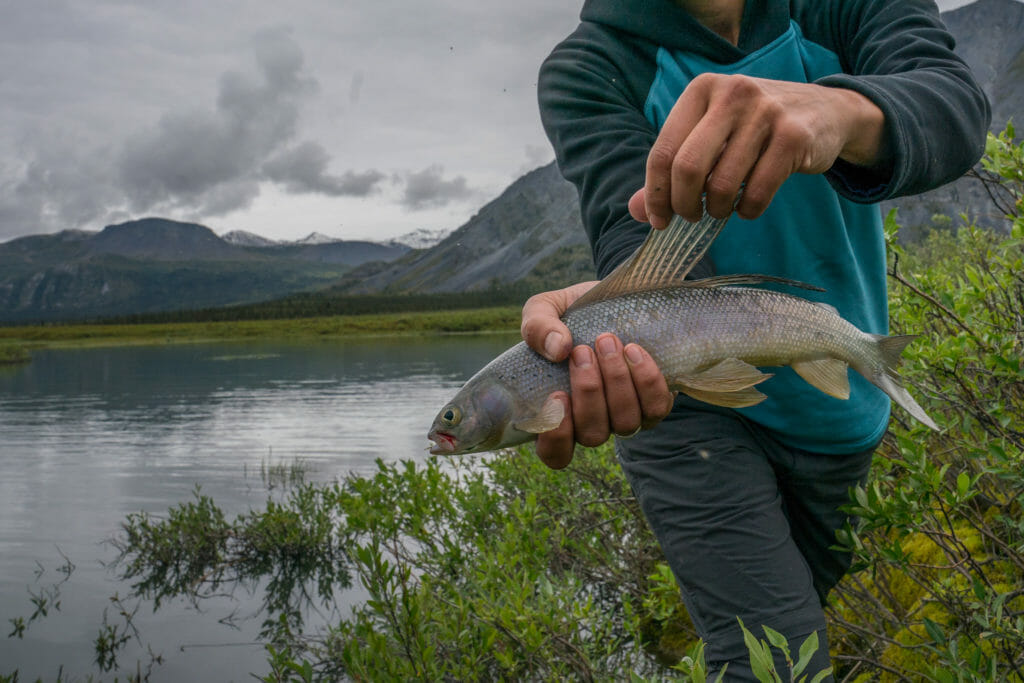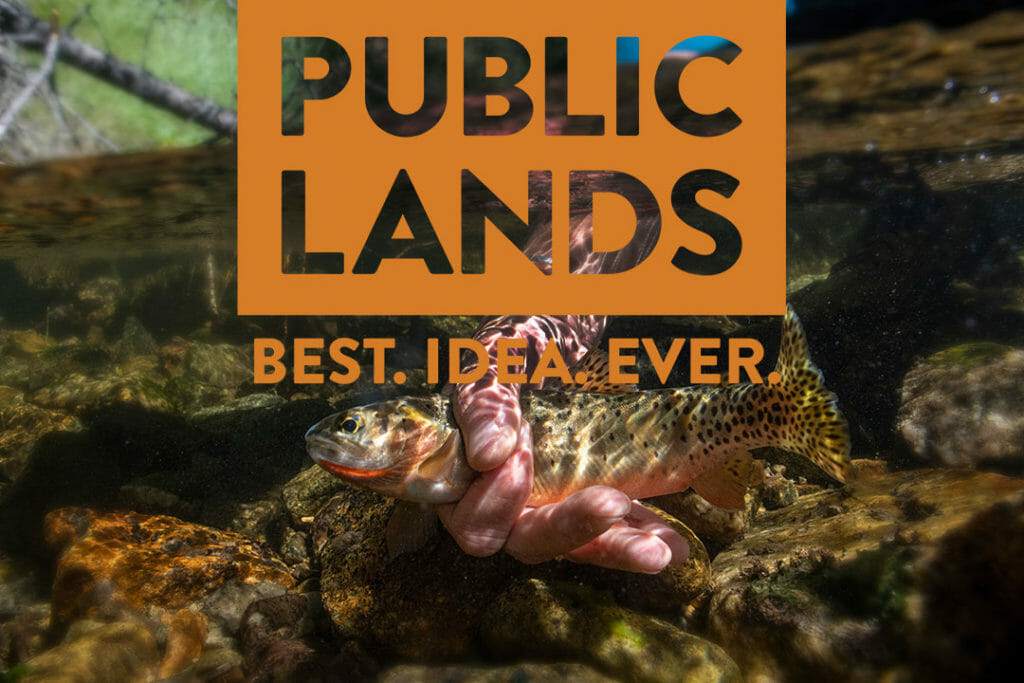

Like the Bureau of Land Management and the Park Service, the United States Fish and Wildlife Service (FWS) is an agency within the Department of the Interior. However, FWS responsibilities extend beyond land management and include the management of fish and wildlife themselves, not just habitat. This includes many fish and wildlife management activities that fall under their purview, including enforcing wildlife-related laws, including the Endangered Species Act, the Lacey Act, and the Migratory Bird Treaty Act.
On the land management side of the agency, there are more than 560 National Wildlife Refuges and over 36,000 Waterfowl Production Areas that the agency manages in all fifty states, as well as 70 national fish hatcheries and more than 29,000 conservation easements. In total, the FWS manages over 150 million acres of public land in the National Wildlife Refuge System, ranging from the vast 19.3 million acres Arctic National Wildlife Refuge in Alaska to the 0.1 acre Ward County Waterfowl Production Area in North Dakota.
Unlike the Forest Service and the BLM, the FWS is not a multiple-use land management agency. FWS is responsible for many fish and wildlife related activities on the lands it manages, and while some activities like grazing and timber harvest do occur, these activities are consistent with and secondary to refuge purposes. In this way, the National Wildlife Refuge System are the only Federally-managed lands dedicated specifically to wildlife conservation.
Purpose and Mission
As defined in the National Wildlife Refuge Improvement Act of 1997, the mission of the National Wildlife Refuge System is to administer a national network of lands and waters for the conservation, management and, where appropriate, restoration of the fish, wildlife and plant resources and their habitats within the United States for the benefit of present and future generations of Americans.

In short, the purpose of the FWS can be boiled down to four words: fish and wildlife conservation. Everything that agency does is driven by this cause, with individual units of the refuge system devoted to specific purposes for which they were created. For instance, the Whittlesey Creek National Wildlife Refuge was established in 1999 to protect, restore, and manage coastal wetland and spring-fed stream habitat in Bayfield County, Wisconsin. All uses and management on the refuge are consistent with this purpose, including the restoration of coaster brook trout, a high priority for the refuge.
History
The origins of the FWS can be traced back to 1871 when the U.S. Commission on Fish and Fisheries was created to study “the decrease of the food fishes of the seacoasts and the lakes of the United States and to suggest remedial measures.” In addition to research and study, much of this early work revolved around the development of hatcheries and establishing (or trying to establish) new populations of fish to replace those that had been depleted. Some of these efforts were notable flops, such as stocking Atlantic salmon in the Mississippi River, while others were wildly successful, such as McCloud River rainbow trout, of which non-native populations have been established – for better or worse — from Alaska to Australia.
Two additional agencies in the FWS family tree were later created, the office of Economic Ornithology in 1885 and the Division of Biological Survey created in 1886. With the passage of the Lacey Act in 1900, cracking down on illegal shipment of wildlife became the responsibility of the Division of Biological Survey, establishing law enforcement jurisdiction and responsibility that extend to the FWS to this day.
Spurred by the decimation of fish and wildlife populations, it was in these early days of the agency that citizen groups, such as the National Audubon Society and the Boone and Crockett Club, began advocating for sanctuaries that could serve to protect and restore wildlife populations. In 1903, President Roosevelt established the first national wildlife refuge on Florida’s Pelican Island. Curiously, Roosevelt’s executive order was without legal authority. When an aid informed him that there was no law that would allow the President to create a wildlife refuge on Pelican Island, Roosevelt asked if there was a law that would prevent him from doing so. The aid replied that there was not, to which Roosevelt said, “Very well, I declare it so.”
Roosevelt would go on to create fifty more federal bird reserves and the refuge system was born. Congress was soon to get on the bandwagon, passing An act for the protection of wild animals and birds in the Wichita Forest Preserve in 1905, which authorized the president to “set aside [lands of the preserve] for the protection of game animals and birds”. Importantly, the Act also outlawed hunting and trapping except under regulations promulgated by the agency, thus setting the stage for the FWS – not States — to regulate hunting and fishing on refuge lands.
In 1934 Congress passed the Migratory Bird Hunting and Conservation Stamp Act, which created the Duck Stamp and provided a funding source for acquiring refuge lands. To date, Duck Stamp sales have provided over $1 billion to protect 6 million acres of wetlands habitat around the country. In 1940, the functions of the Bureau of Fisheries and the Bureau of Biological Survey were consolidated and transferred to the Department of the Interior, thus creating the Fish and Wildlife Service.
The National Wildlife Refuge System would continue to grow, albeit under a variety of laws, and in 1997 President Clinton signed the Wildlife Refuge Improvement Act. In doing so, it established an organic act for the agency that consolidated authorities and provided clear direction for managing the refuge system.
Hunting and Fishing Opportunities

While it may seem odd that hunting and fishing are allowed on National Wildlife Refuges — they are refuges after all — hunting and fishing on refuge lands goes back to earliest days of the refuge system. With the passage of the Wildlife Refuge Improvement Act 1997, Congress recognized wildlife-dependent recreational uses – which includes hunting and fishing – as priority uses that receive priority consideration in refuge planning and management. However, like all uses, hunting and fishing must be consistent with refuge purposes.
While hunting and fishing on lands managed by the BLM and Forest Service is straightforward – just follow the state laws and regulations — each national wildlife refuge has its own specific regulations. The difference in regulating hunting and fishing on lands managed by the BLM and Forest Service versus FWS relates to the Property Clause, under which Congress may choose to preempt State management of fish and wildlife on Federal lands; for FWS, Congress has chosen to do so in the National Wildlife Refuge Administration Act, as well as other acts related to the national wildlife refuge system.
In many cases there are specific regulations for hunting and fishing on refuge lands and some lands may be closed altogether. For this reason, it is best to contact refuges directly to inquire about regulations; check out these handy interactive maps to find hunting and fishing opportunities on refuge lands near you.
Make no mistake, however, public lands in the National Wildlife Refuge System offer some of the best hunting and fishing in the world and there are ample opportunities for hunters and anglers. In total, over 330 refuges permit some sort of hunting and 275 allow fishing, ranging from world-class elk hunting on the Charles M. Russell National Wildlife Refuge in Montana, to casting to bonefish in the Vieques National Wildlife Refuge in Puerto Rico, to the famed salmon runs of the Kenai National Wildlife Refuge in Alaska.



